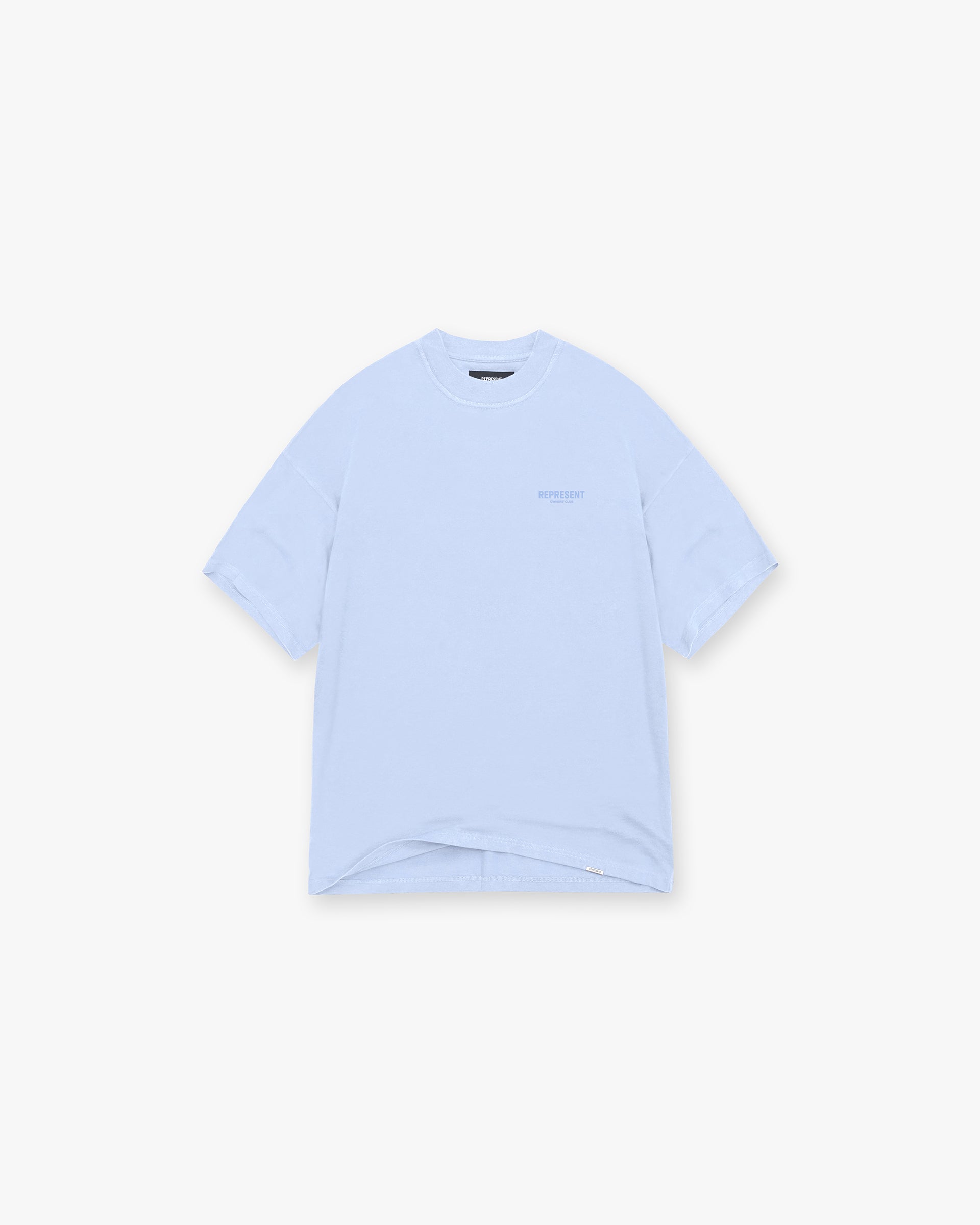Introduction
In textile innovation, nylon holds a place of distinction as the first synthetic fiber. This article will explore everything you need to know about nylon, looking at its genesis, characteristics, and the multifaceted roles it plays in today's fashion industry.
The Evolution of Nylon
The Beginnings of Nylon
Nylon emerged from the labs of DuPont in the late 1930s, a creation that would herald a new era in materials science. Initially celebrated as a silk substitute, particularly in hosiery, nylon quickly transcended its original application to become a fundamental component in a wide array of products, from parachutes to toothbrushes, and, of course, clothing.
The Durability & Flexibility of Nylon
What sets nylon apart in the fashion industry is its exceptional strength and elasticity. Garments made from nylon not only have superior durability but also offer a comfortable fit that adapts to the wearer's movements. This unique combination of properties has cemented nylon's status as a preferred material for everything from 4-way stretch activewear to durable outerwear.
Resistance and Care
Nylon's resistance to water and mildew, along with its quick-drying nature, makes it an ideal choice for swimwear and outdoor gear. Furthermore, nylon's ease of care, requiring minimal special handling, ensures that it remains a practical choice for everyday wear.
The Role of Nylon in Modern Fashion
Versatility in Design
Nylon can be woven or knitted into fabrics of varying weights and textures, making it suitable for a broad spectrum of fashion items. From delicate items to rugged backpacks, nylon' scores very well in its degree of adaptability. Its ability to blend with other fibres enhances fabric characteristics such as stretch, durability, and moisture wicking, broadening the horizons of design possibilities.
Sustainability and Innovation
As environmental considerations are becoming more important in the fashion industry, nylon continues to evolve. Advances in recycling technologies have made recycled nylon a viable, eco-friendly option. By repurposing waste materials into new nylon fabric, the fashion industry is taking significant leaps towards reducing plastic pollution.
Key Characteristics of Nylon
Strength and Elasticity
Nylon's key feature is its extraordinary tensile strength, complemented by impressive elasticity. This makes it a favourite for garments that require both durability and a bit of give, such as athletic wear.
Moisture-Wicking and Quick Drying
Nylon's ability to wick moisture away from the body, coupled with its quick-drying capabilities, makes it perfect for activewear and garments intended for use in wet conditions.
Thermal Adaptability
With innovations in fibre technology, nylon fabrics can now provide thermal insulation or breathability, depending on their structure and the needs of the wearer. This thermal adaptability enhances comfort and performance across a range of climates and activities.
Conclusion
At Represent, we recognise the value of nylon, incorporating it into our collections with an eye towards innovation and sustainability.





























